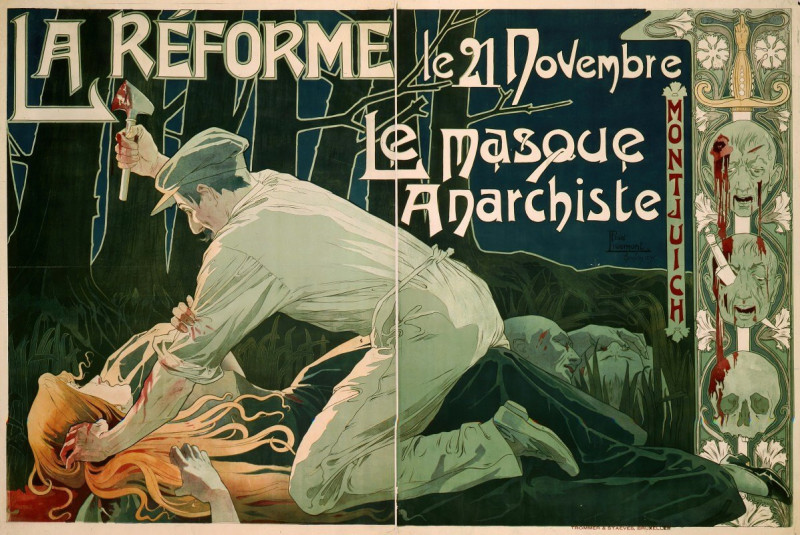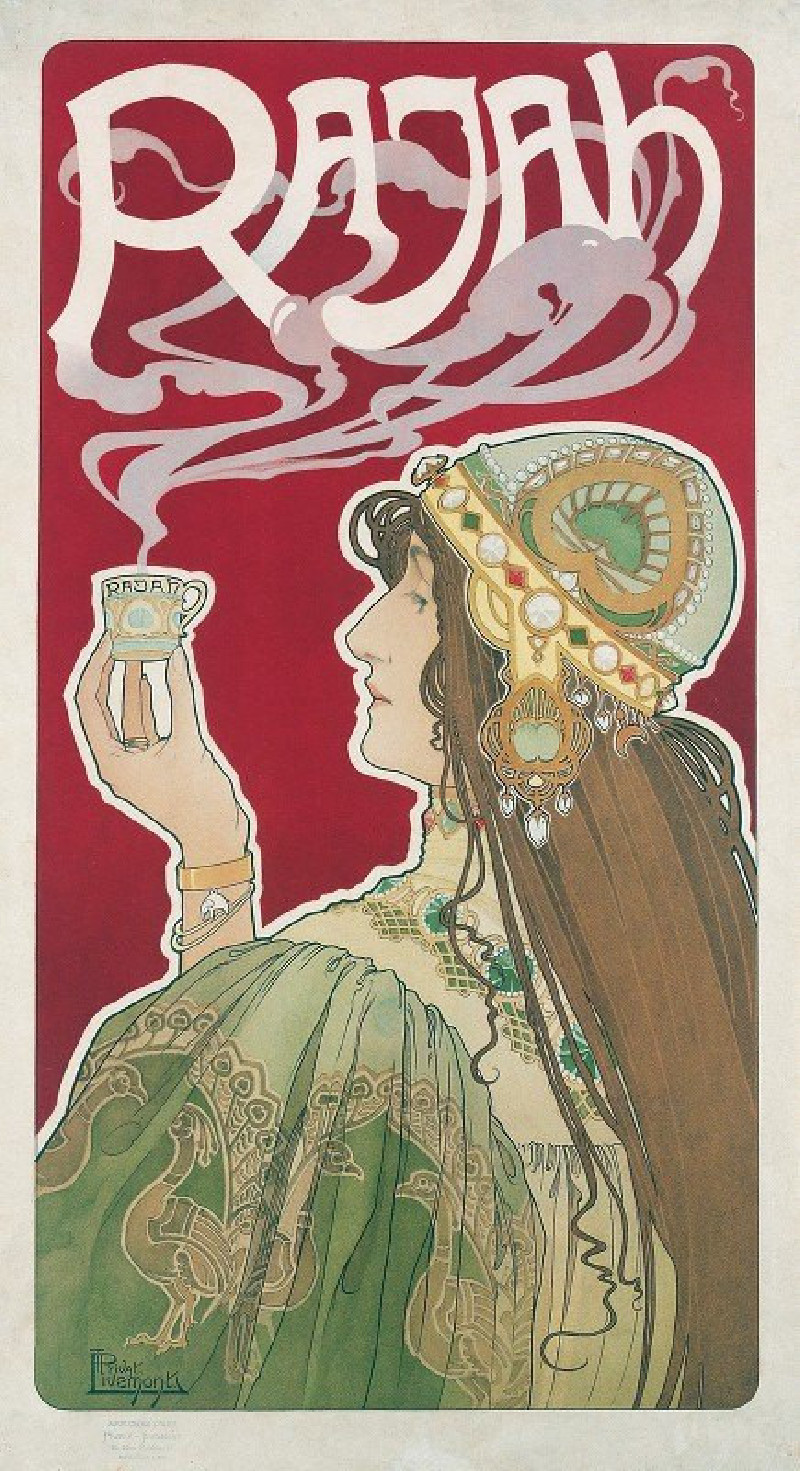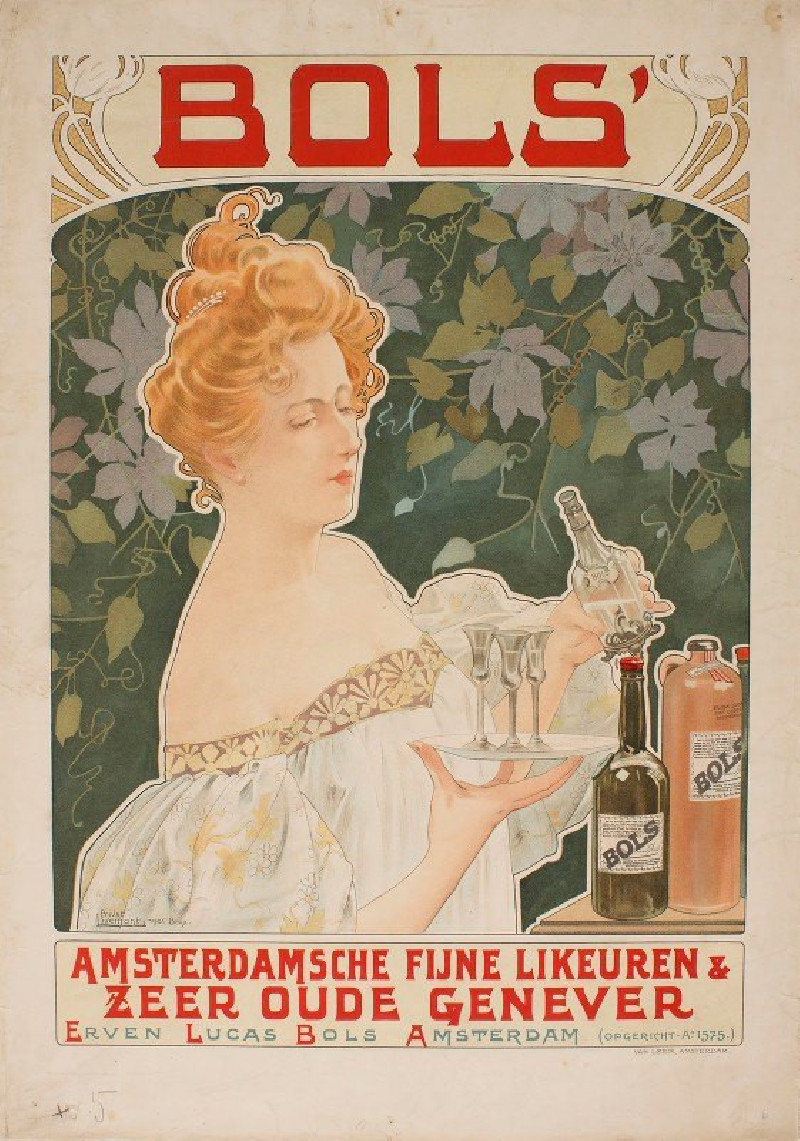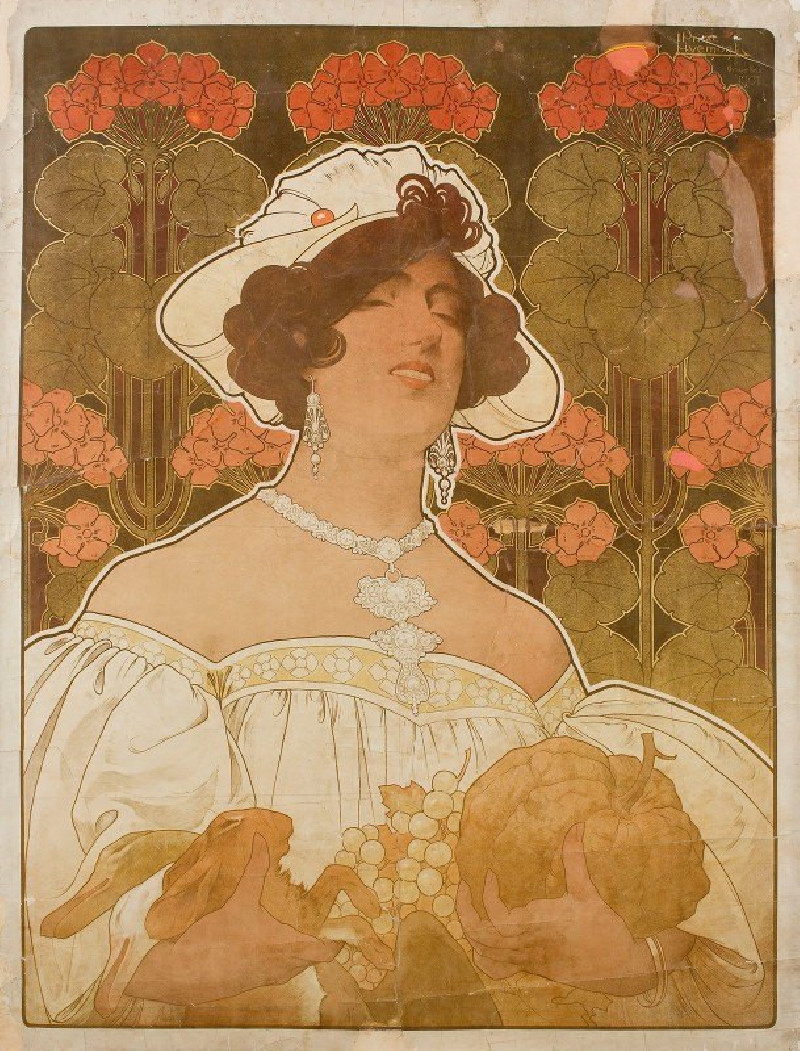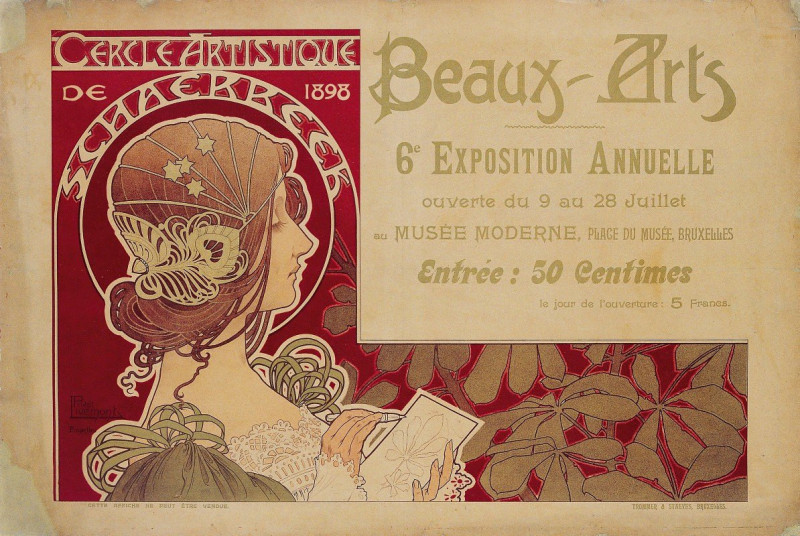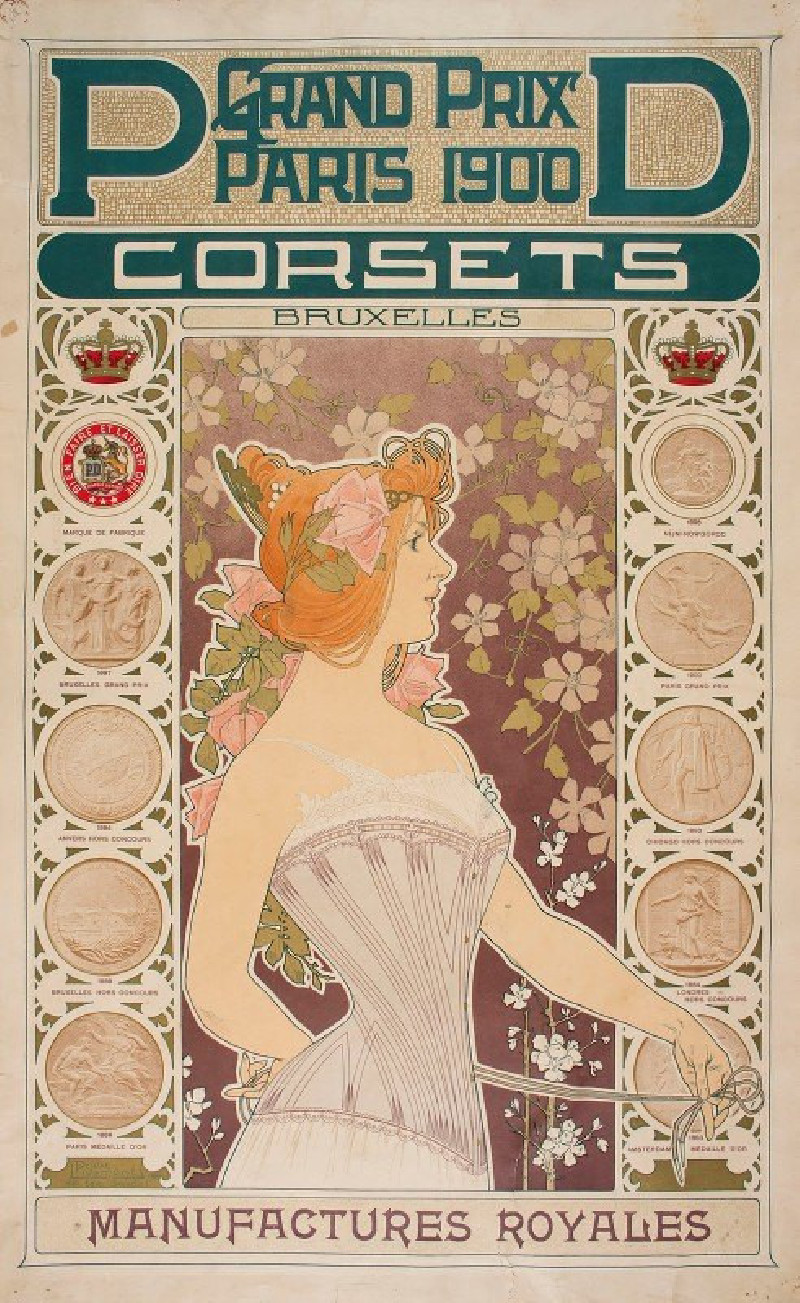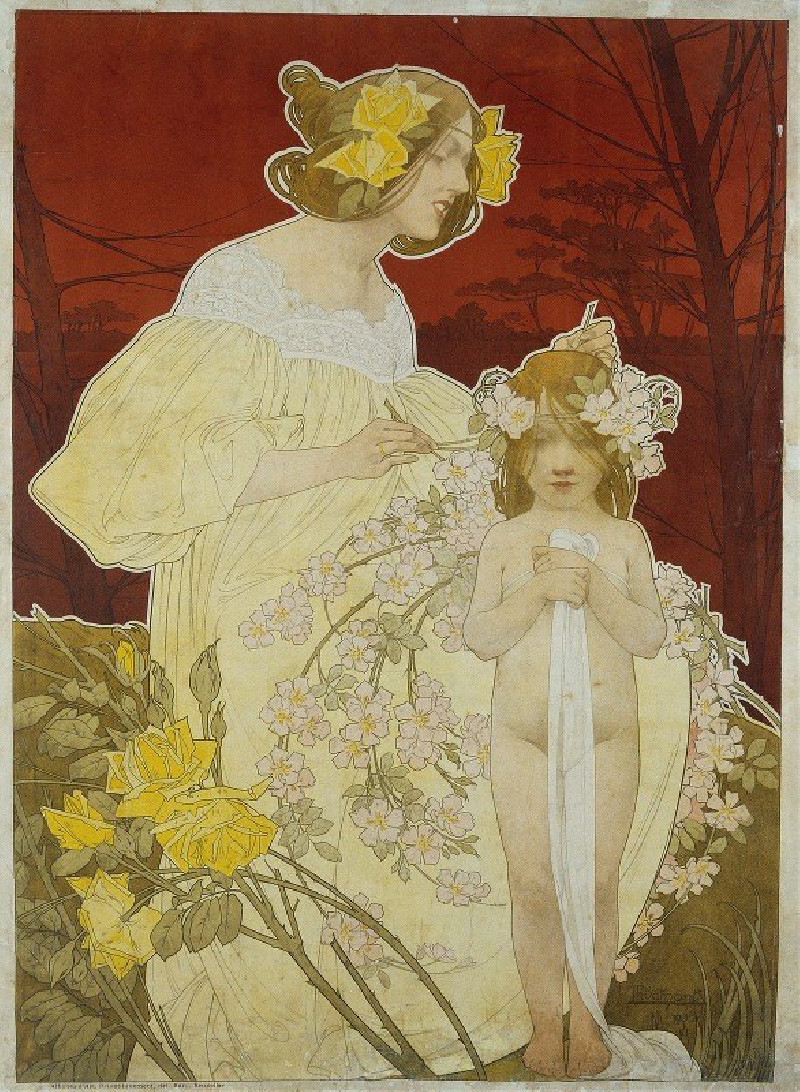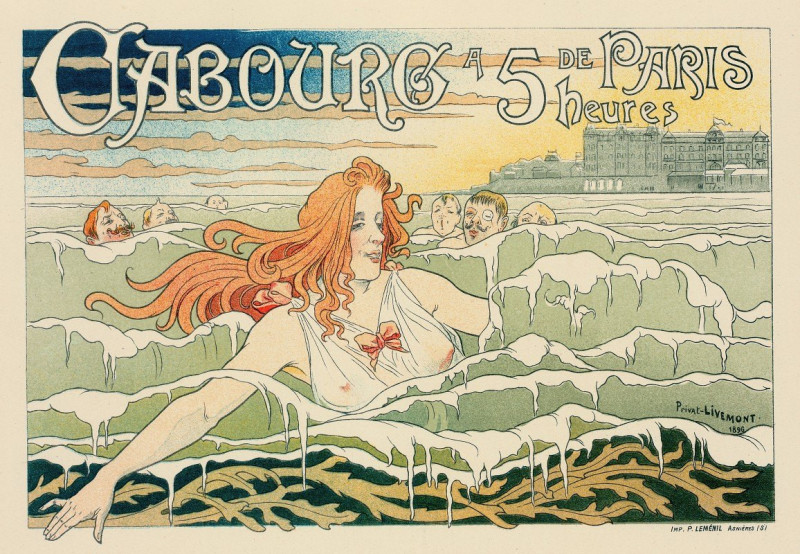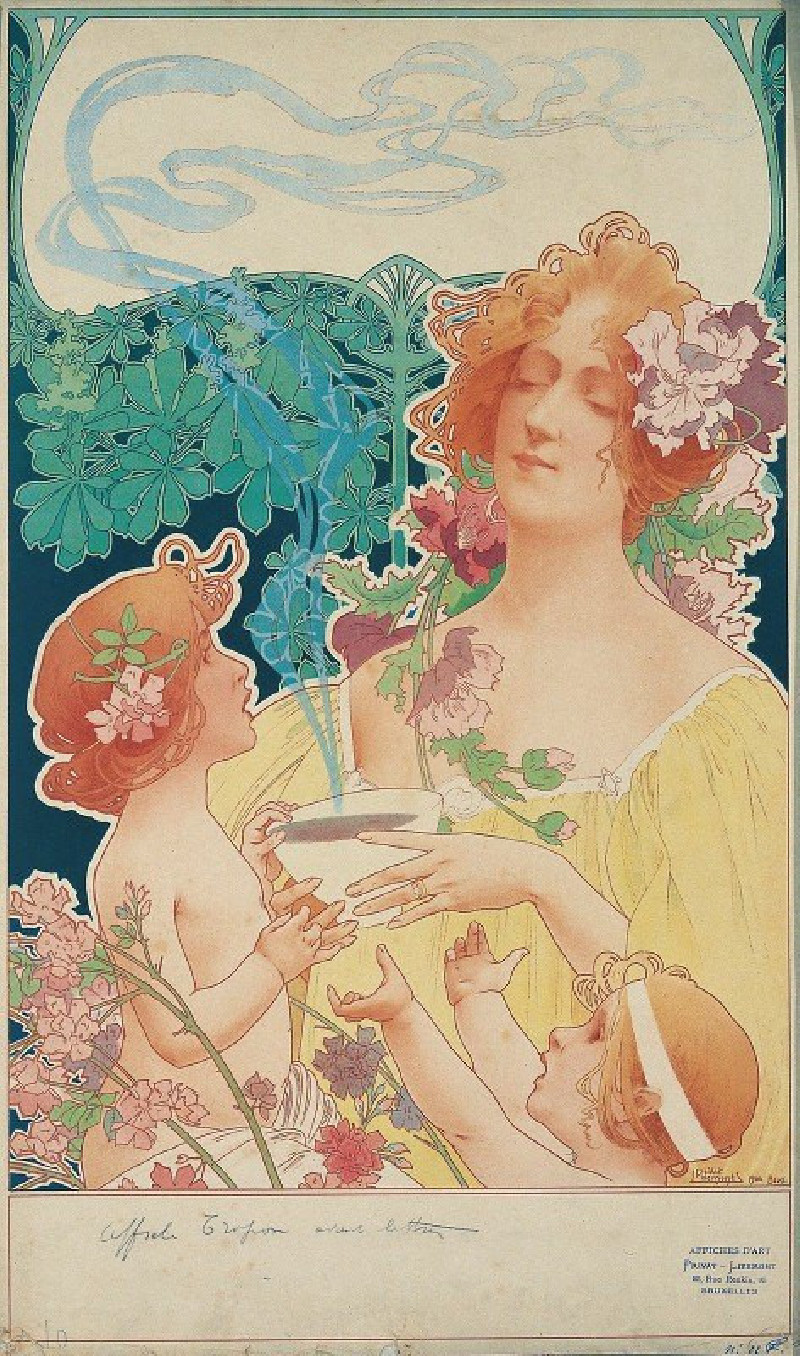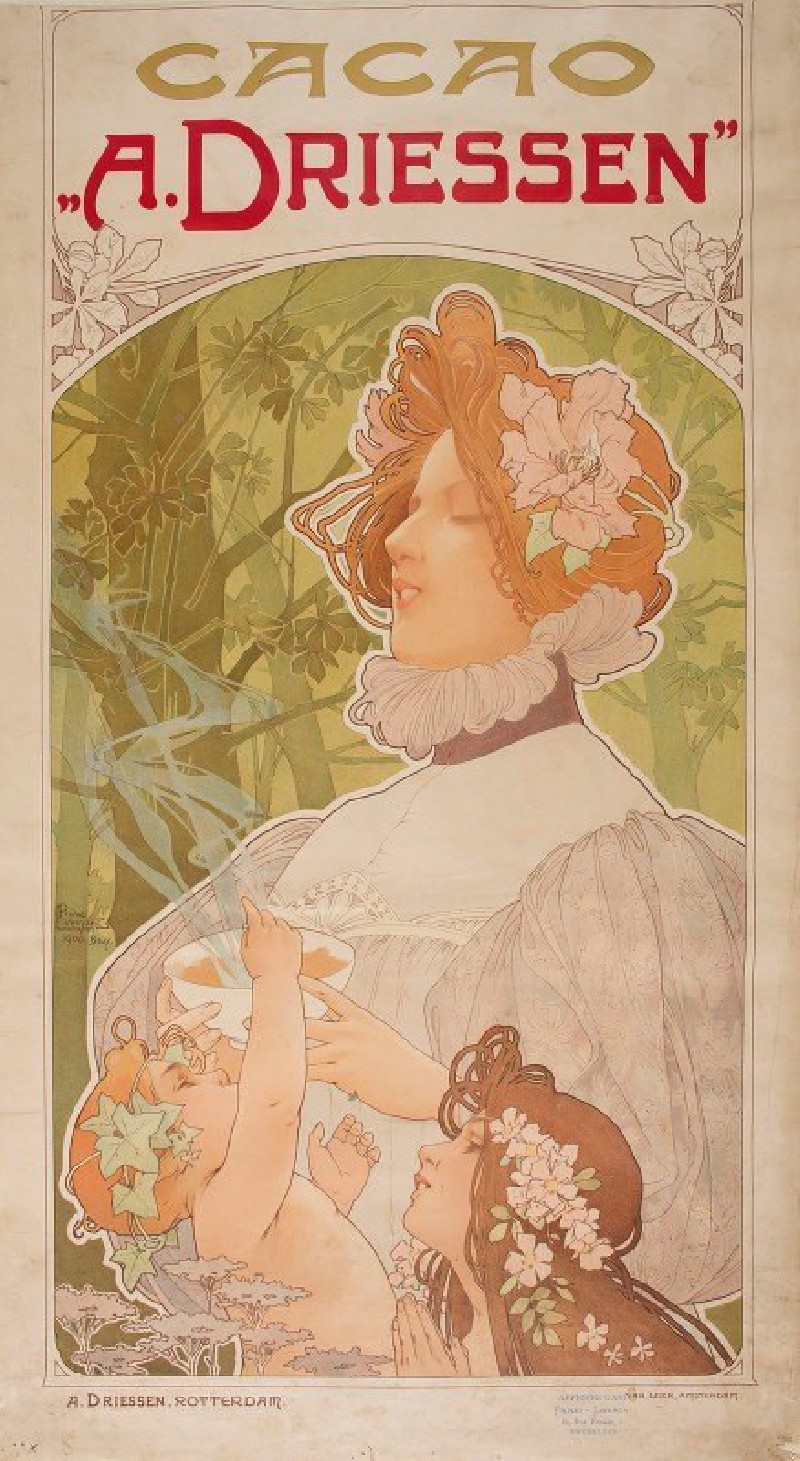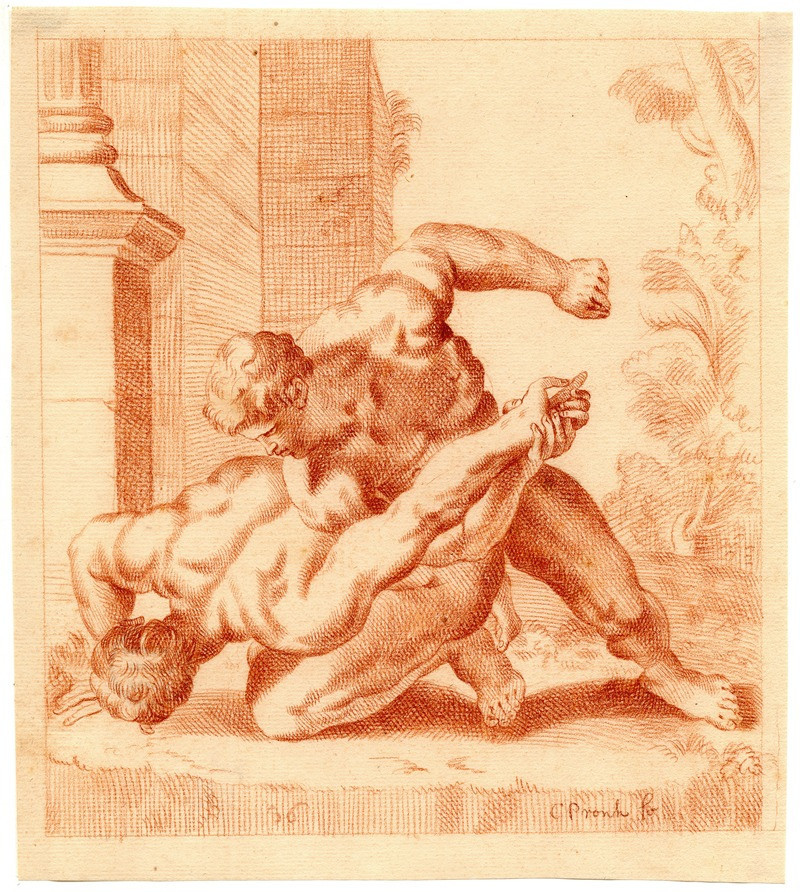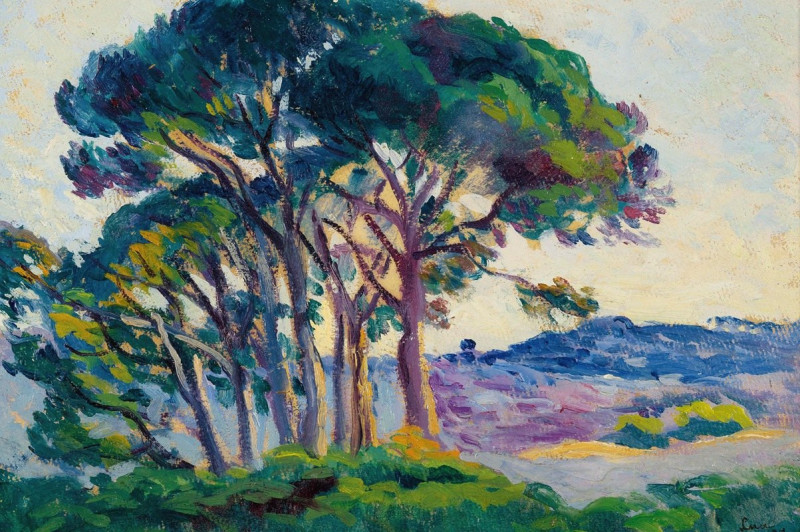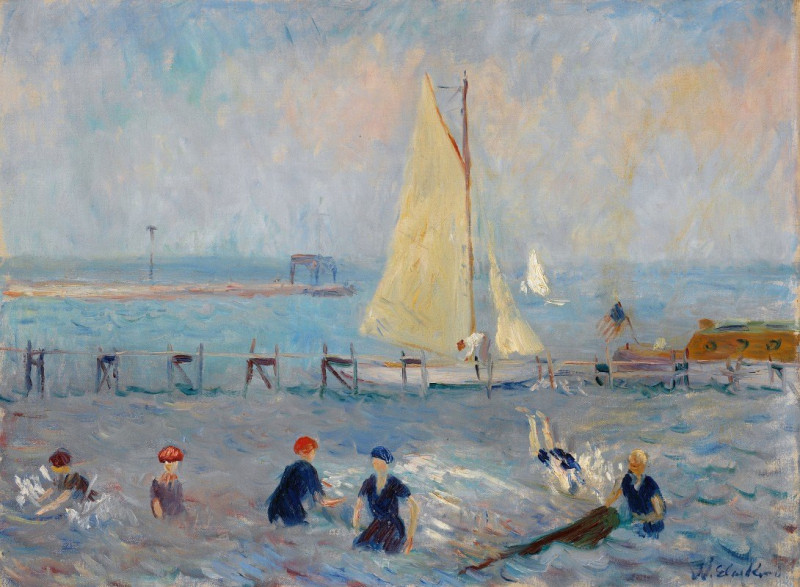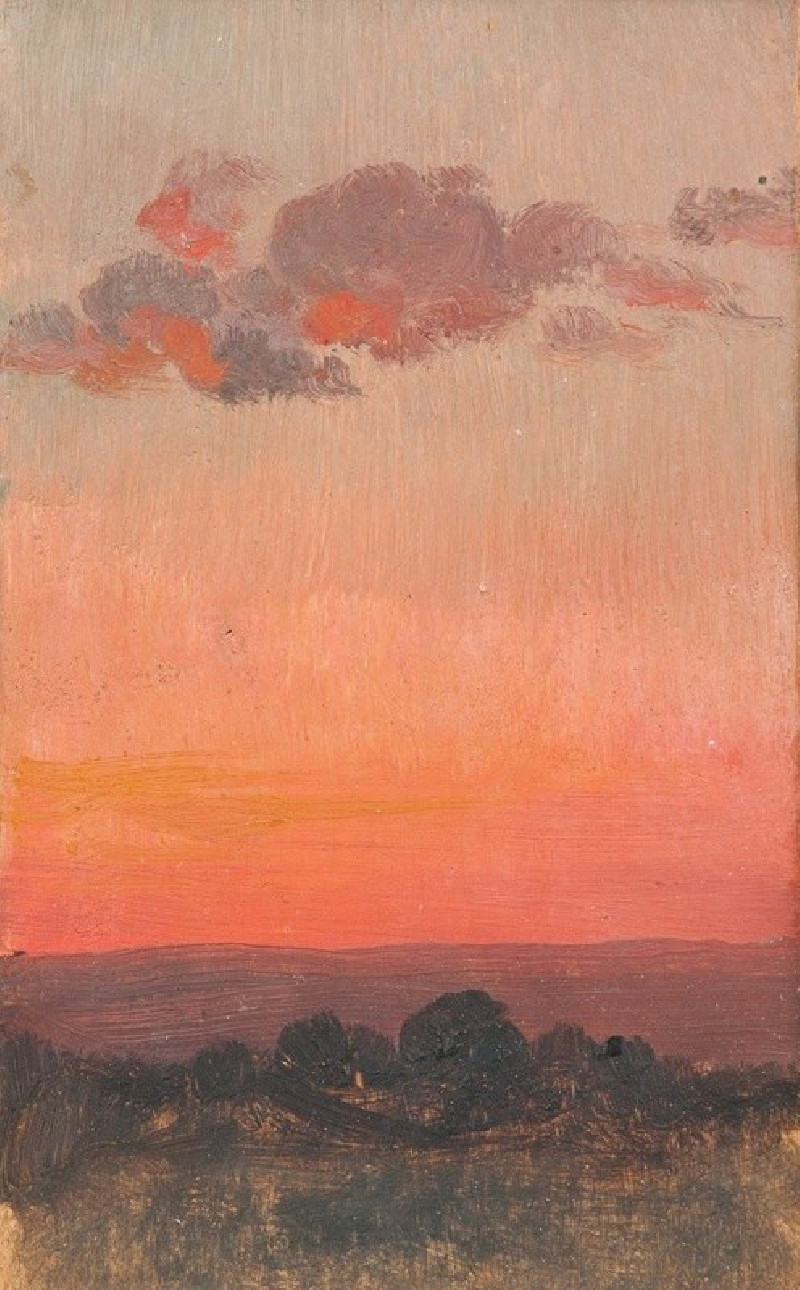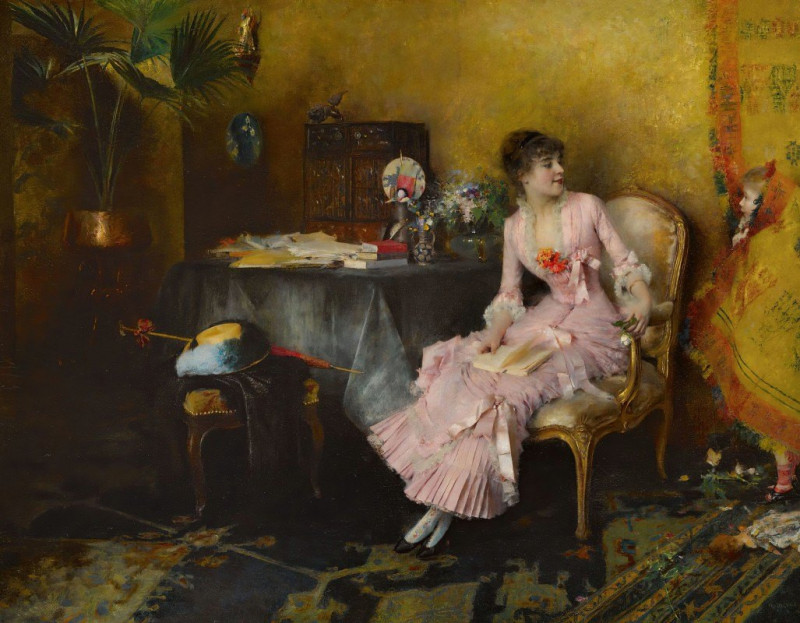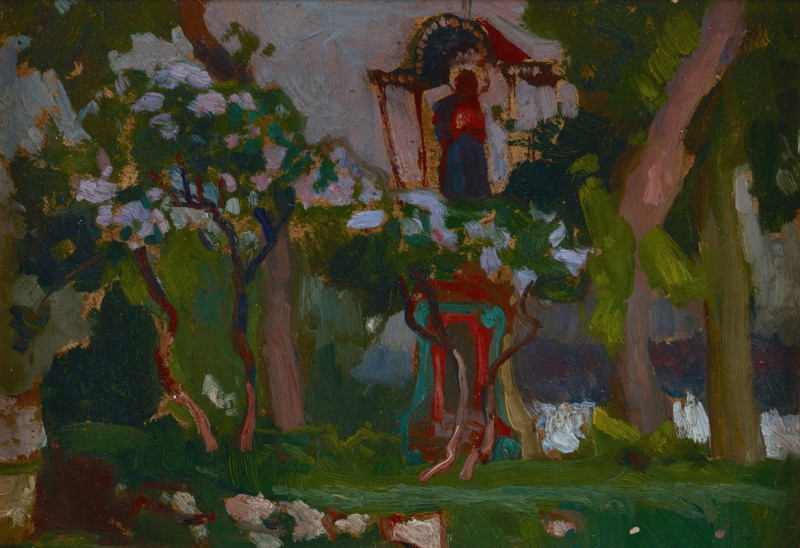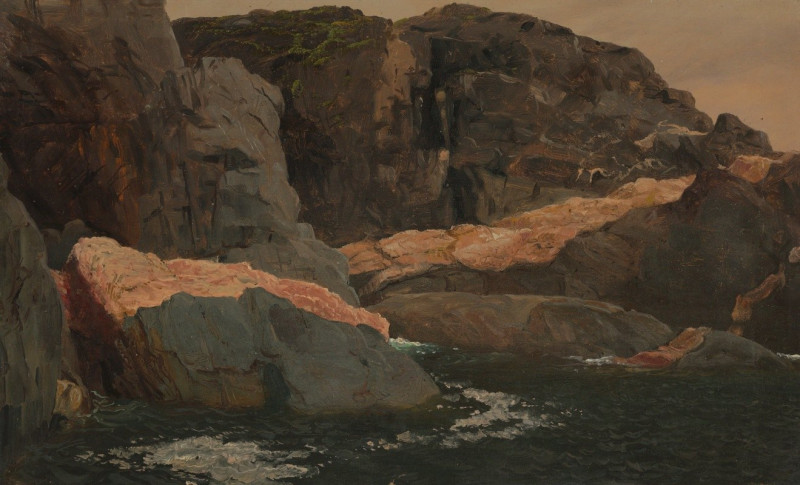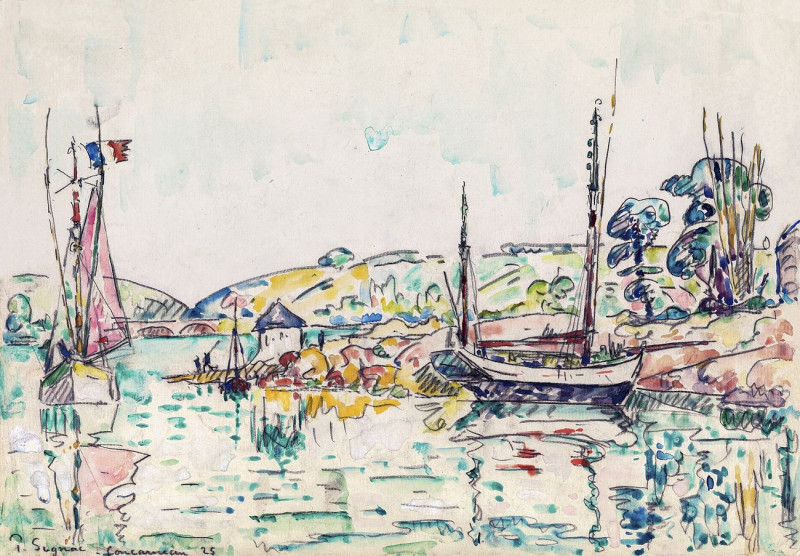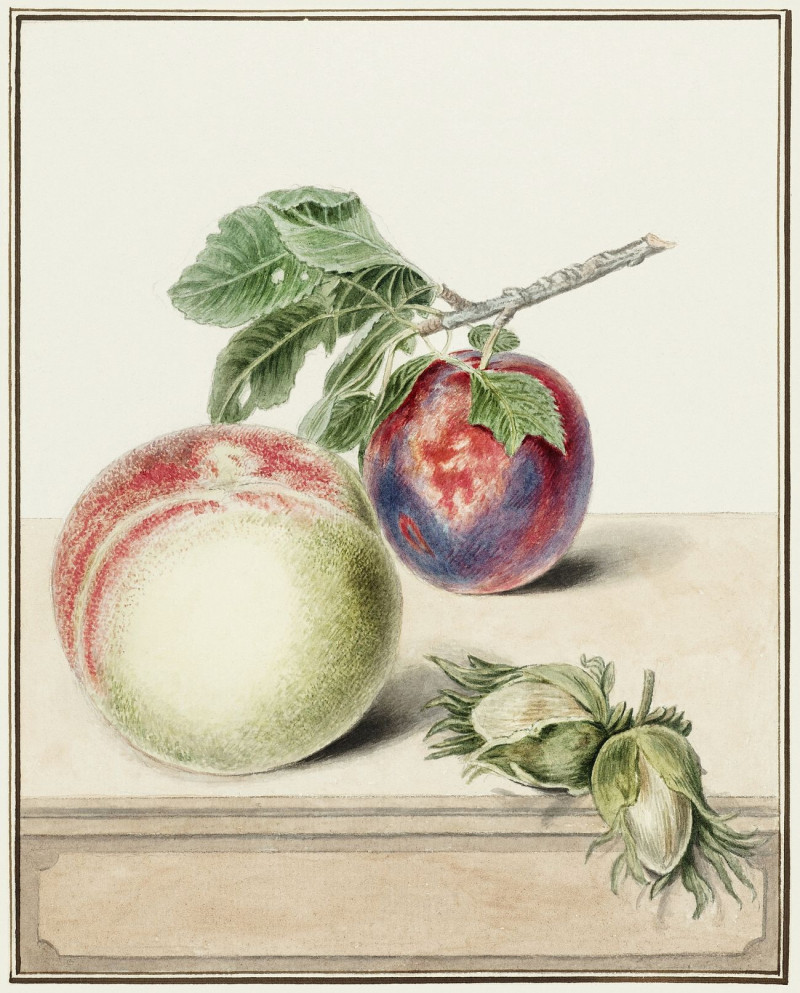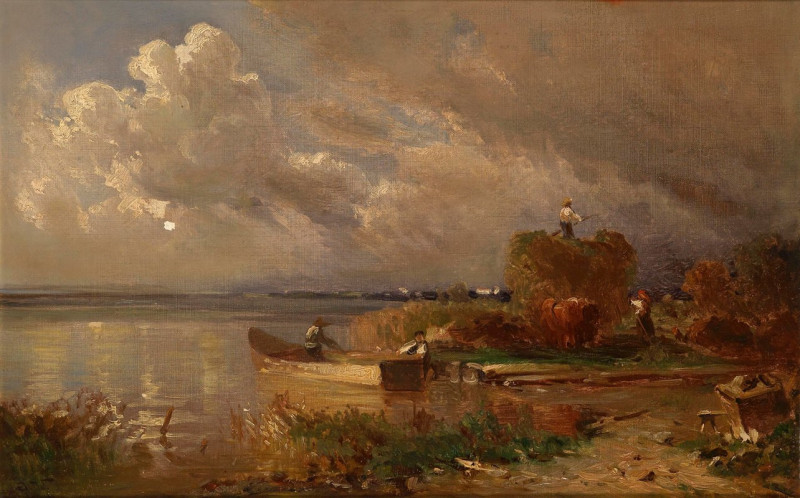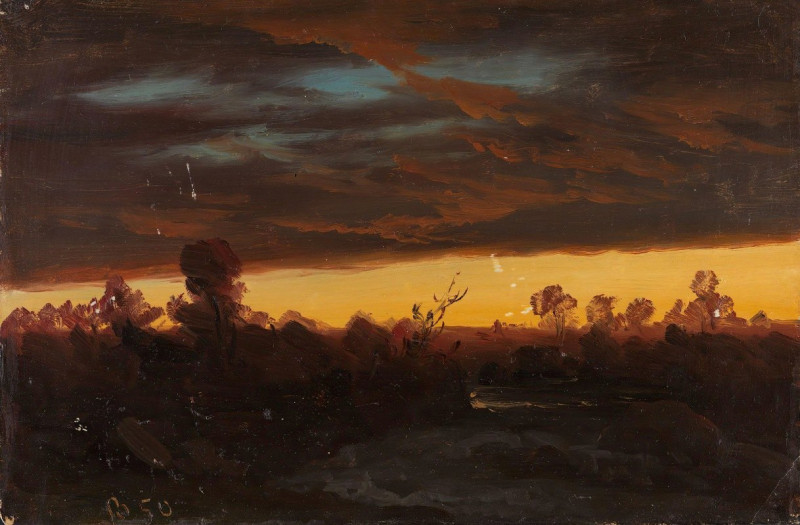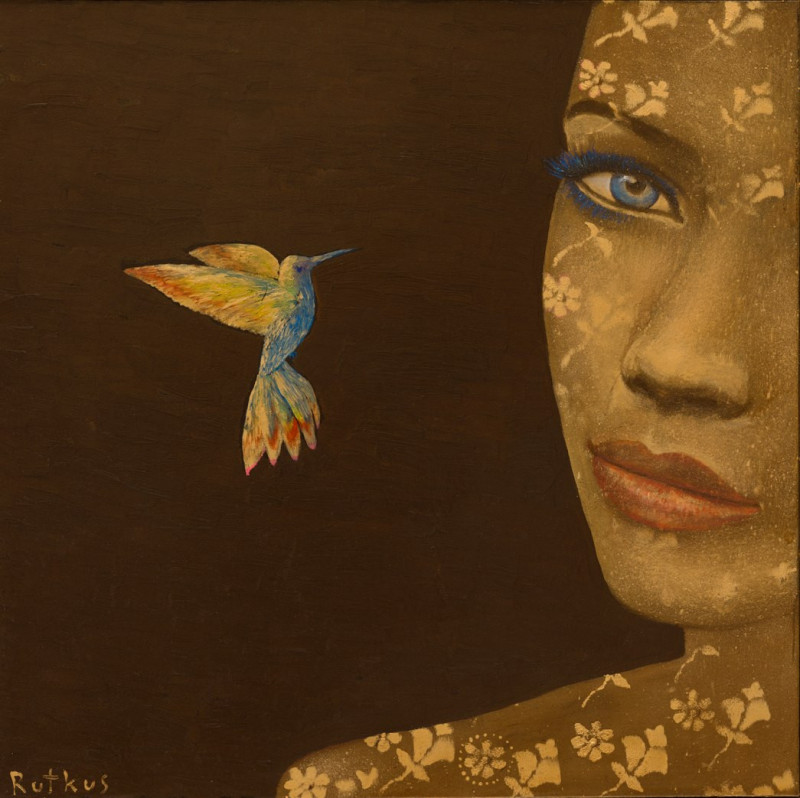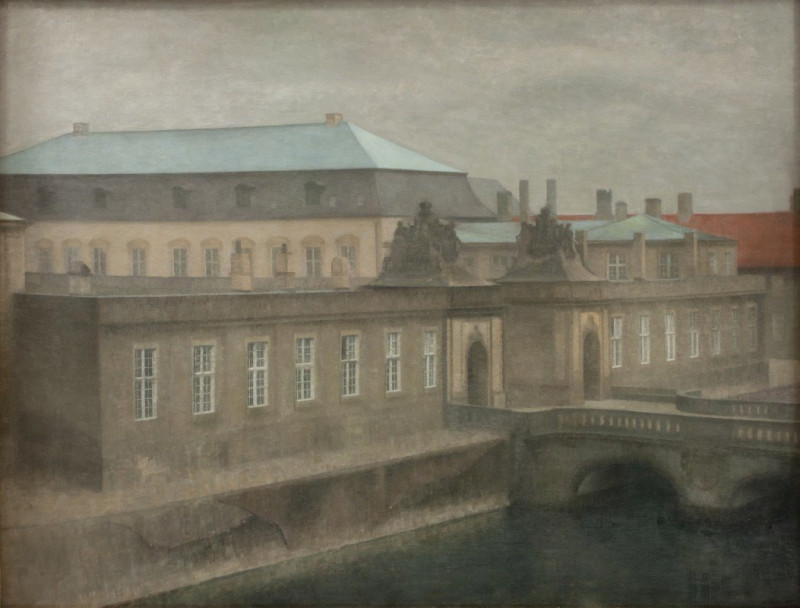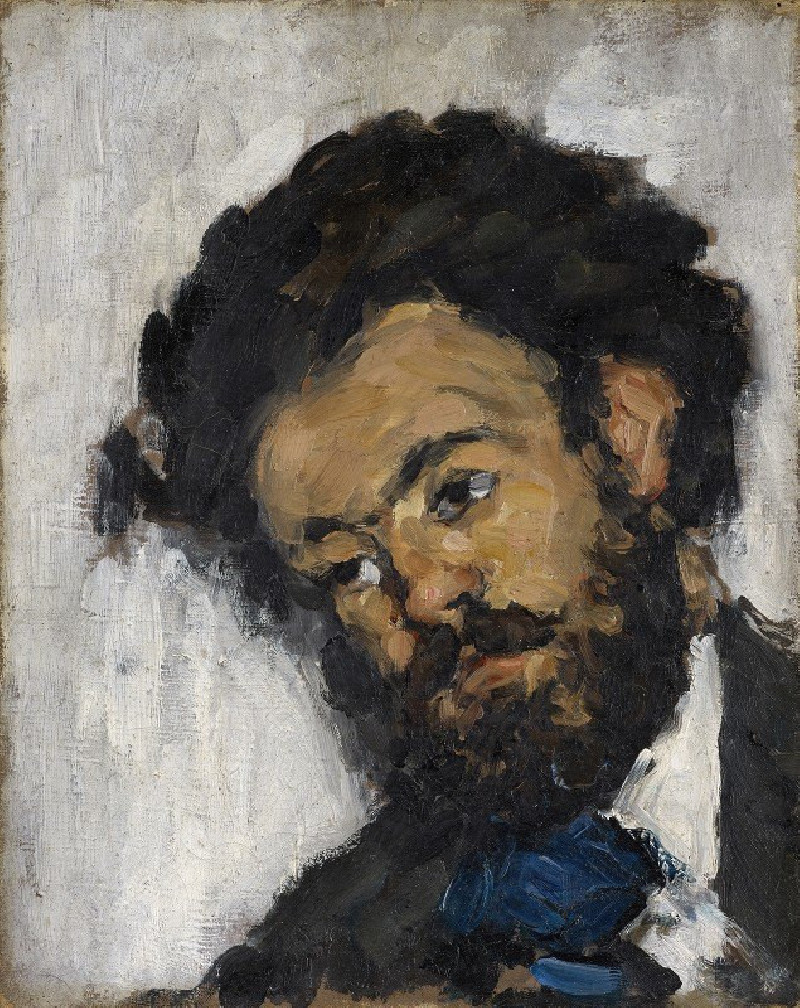La Réforme, le 21 Novembre, le masque anarchiste (1897)
Technique: Giclée quality print
Recommended by our customers
More about this artwork
The evocative and powerful painting titled "La Réforme, le 21 Novembre, le masque anarchiste" by Henri Privat-Livemont offers a deep, poignant exploration of political tone and societal turmoil at the turn of the 20th century. This artwork was created in 1897, a period marked by intense political activism and the burgeoning influence of anarchist movements in Europe.The painting vividly captures the dramatic aftermath of a violent act. On the left side stands a man holding an axe, his face a portrait of resolve and perhaps regret, casting a gaze upon a woman he has just struck down. The woman, portrayed in a flowing, ghostly white garment, lies limp on the grass, her long, golden hair sprawled around her. The stark contrast in their expressions vividly conveys a narrative of confrontation and tragedy.Adding to the political narrative, the right side of the painting features a haunting depiction of masks on poles, alluding perhaps to the facelessness of political entities or the dehumanization within political strife. The head with multiple faces could symbolize the multi-faceted nature of political movements that can often lead to unexpected and multiple consequences.Henri Privat-Livemont's mastery of Art Nouveau aesthetic is evident not only in the subjects but also in the ornate, decorative elements that frame the grim central scene. The intricate designs and stylized natural elements serve as a stark juxtaposition to the brutality of the human action depicted.Through "La Réforme, le 21 Novembre, le masque anarchiste," Privat-Livemont not only crafts a visually arresting tableau but also a profound commentary on the dark consequences of political extremity.
Delivery
Returns
Henri Privat-Livemont (1861–1936) was an artist born in Schaerbeek, Brussels, Belgium.
He is best known for his Art Nouveau posters. From 1883 to 1889, he worked and studied in the studios of Lemaire, Lavastre & Duvignaud. He, with Lemaire, created the decor of the Theatre Français as well as the Hôtel de Ville, Paris. He later moved back to Brussels, and worked on theaters and casinos there.
In 1897, he worked on the poster for the Brussels International Exposition (1897). The posters for Absinthe Robette and the Casino de Cabourg were published in Les Maîtres de l'Affiche.

